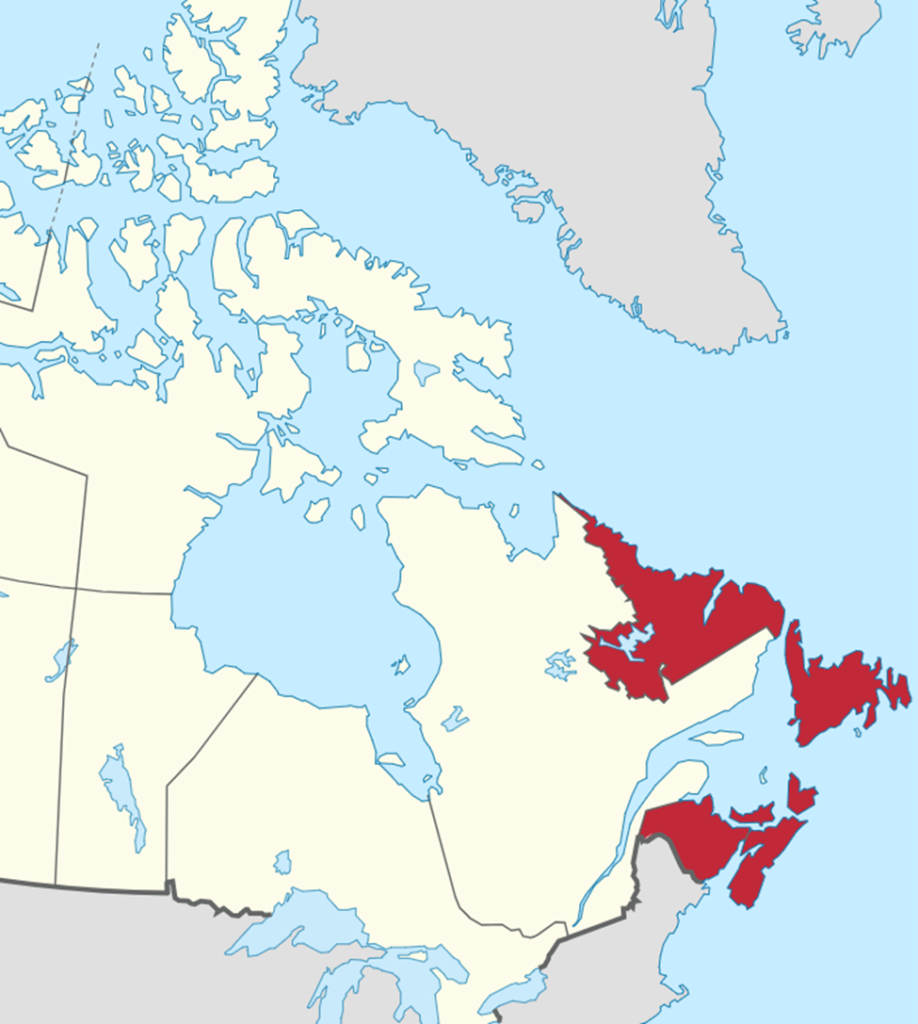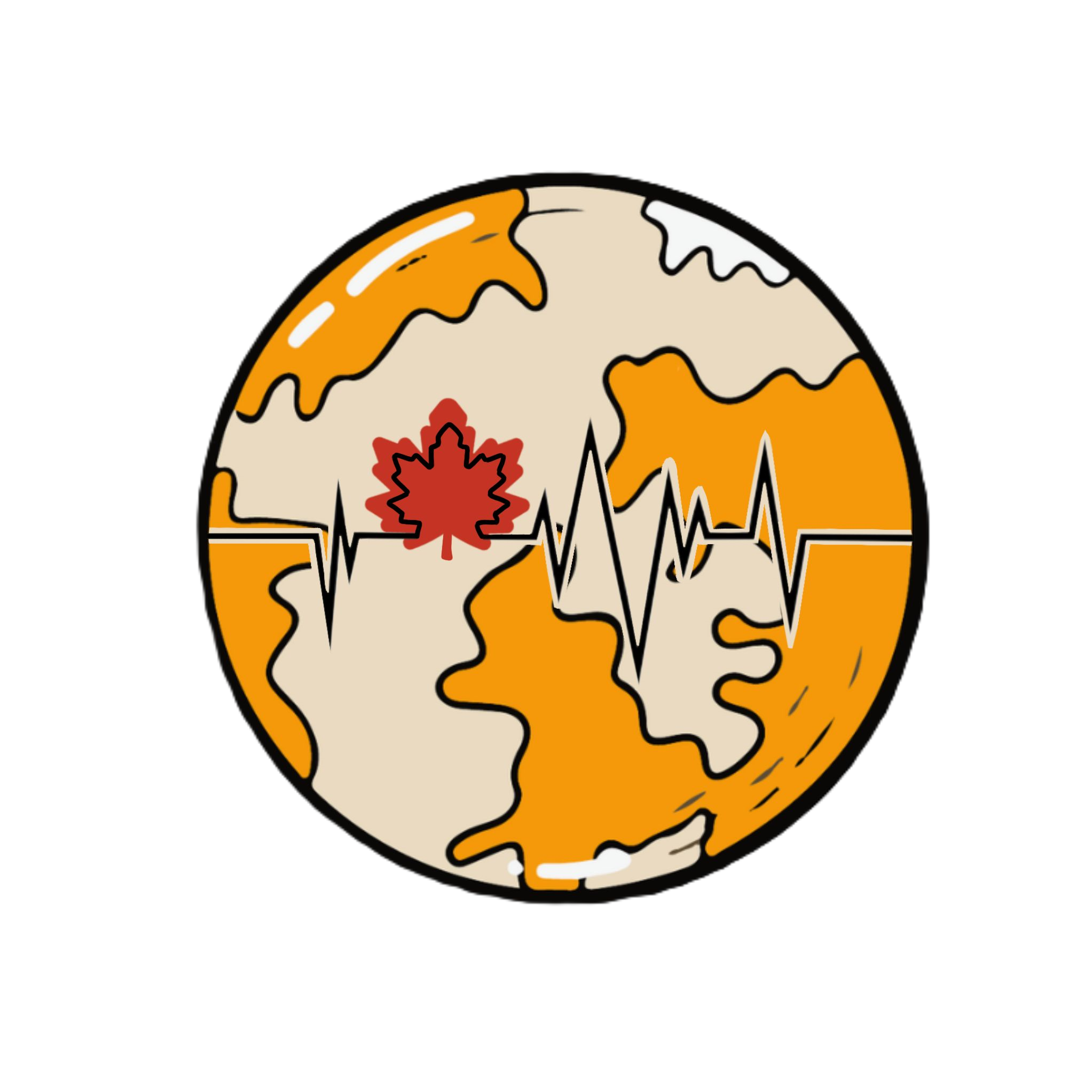Canada is a destination for many people throughout the world. It is a country with distinct regional characteristics based on physical geography, history and human settlement. Essentially, an effective way to understand Canada and the way of life in this country is to understand its regions in relation to the constantly changing global system (Bone,2011). The regions identified in this section are the Atlantic provinces, the Central provinces of Ontario and Quebec, the Western provinces and the Northern Territories. Our focus will be primarily on each region’s economic potential.
The Atlantic Provinces

The four Atlantic provinces are Newfoundland and Labrador, New Brunswick, Prince Edward Island and Nova Scotia.
Atlantic Canada’s economy is challenged by several factors. The first issue is that the natural resources once abundant in the region have already been depleted including the old-growth forests from logging, it’s supply of coal through extraction and the cod stocks from over-fishing. It’s fractured geography consisting of four distinct provincial governments has limited industrialization due to lack of access to markets and the distance to the larger markets in larger urban cities found in Central Canada. The economic performance of Atlantic Canada has been poor with high unemployment rates and a constant outward migration of people for more prosperous parts of Canada. In recent years, the discovery and exploitation of oil and gas deposits off the coast of Newfoundland and natural gas found offshore in Nova Scotia has provided economic opportunity in the region.
The Central Region

The two provinces are Ontario and Quebec.
Ontario remains the economic engine of Canada with its manufacturing base comprising of the automobile industry, agriculture production of food and beverage and its fabricated metal industry. Northern Ontario is based on the forest industry with its wide-ranging boreal forest. The pulp and paper industry has been experiencing a downturn as demands for these products are declining along with the increasing cost of production from higher energy prices. The mining industry in Northern Ontario has also been declining as newer, economical technologies in other parts of Canada has provided steep competition. Almost 40% of Canada’s population reside in Ontario. Of that number 85% of Ontarians live in the major cities like Toronto and Ottawa. Toronto is the financial capital of Canada. Recognized as the “province’s major cultural and entertainment hub” It is the centre of the entertainment industry with music, drama and professional sports. For Ontario to prosper, its forestry and manufacturing sectors must increase in productivity and develop stronger markets and trade beyond the United States to other parts of the globe. More importantly, Ontario must accelerate the development of its knowledge based-economy and leverage the university and college systems in the province from where innovation and research is produced.

